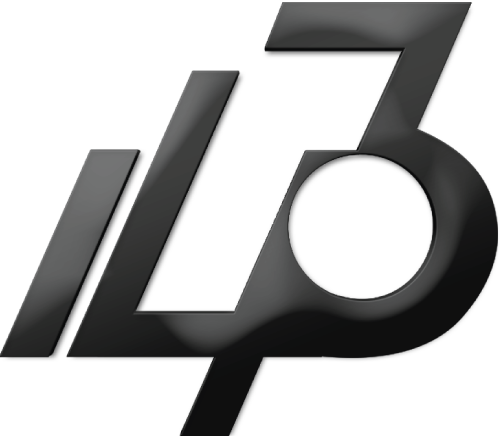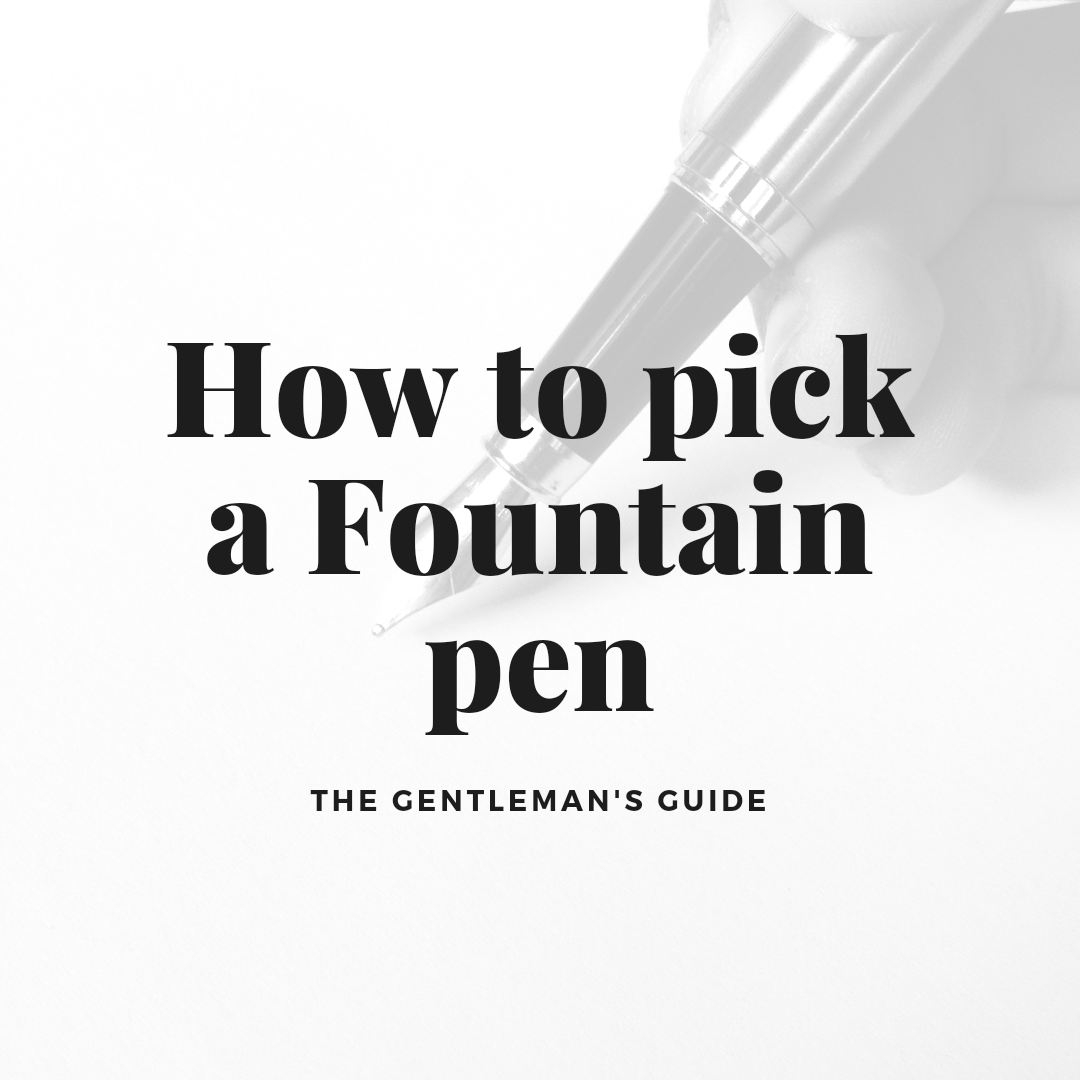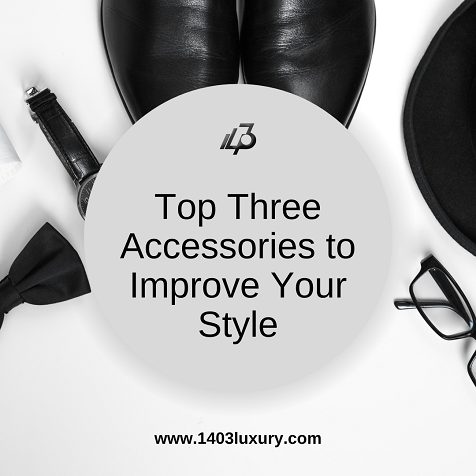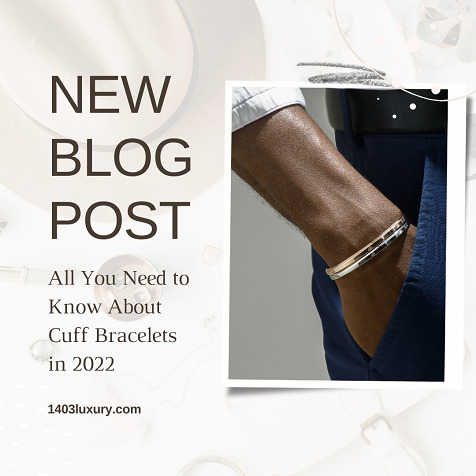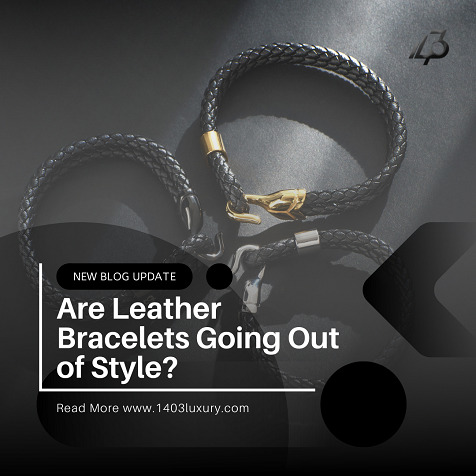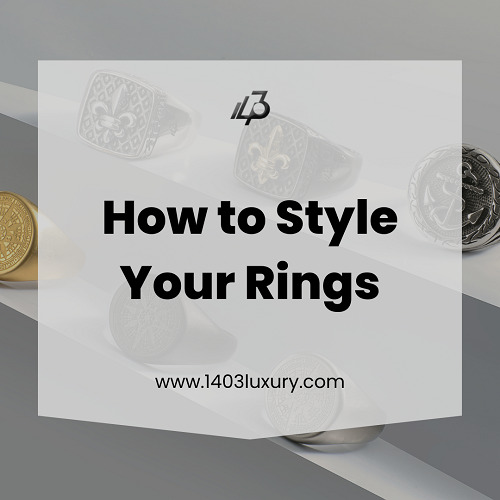[et_pb_section fb_built=”1″ _builder_version=”3.22″ da_is_popup=”off” da_exit_intent=”off” da_has_close=”on” da_alt_close=”off” da_dark_close=”off” da_not_modal=”on” da_is_singular=”off” da_with_loader=”off” da_has_shadow=”on” da_disable_devices=”off|off|off”][et_pb_row _builder_version=”3.25″][et_pb_column type=”4_4″ _builder_version=”3.25″ custom_padding=”|||” custom_padding__hover=”|||”][et_pb_text _builder_version=”4.7.4″ background_size=”initial” background_position=”top_left” background_repeat=”repeat” hover_enabled=”0″ text_font=”|300|||||||” text_font_size=”17px” text_letter_spacing=”2px” text_line_height=”1.9em” header_2_font_size=”28px” header_2_line_height=”2em” header_5_line_height=”2.2em” header_5_font_size=”18px” sticky_enabled=”0″]
A fountain pen is a writing tool with a metal nib that uses an internal reservoir to provide a constant and refillable ink supply.
Having and using a fountain pen may be a joy, and finding the proper pen for you (or the person you’re buying for) might mean finding a lifelong companion.
However, deciding which fountain pen to buy might be difficult at first, so we hope that this buyer’s guide will assist you in making the best decision possible.
Why use a fountain pen?
The smooth flowing manner of a fountain pen is a throwback to a time-honored tradition.
Many people still believe that fountain pens are the only proper pens because they are elegant and make a statement.
Writing with one is considered an art form.
However, most people are unaware that these pens are also really useful, particularly for individuals who write frequently.
We explore some reasons why you should put down your biro pen, and consider a fountain pen.
- Writing in a Luxurious and Expressive Method
A fountain pen’s ink glides effortlessly across the page’s surface, resulting in beautiful strokes and less strain on the paper. You can also create a more distinctive writing style by adjusting the nib, grip, and angle of the pen (solid gold nibs actually adapt to your writing style).
- You can use it for years
How many ballpoint pens have you broken or misplaced in your life? For many of us, a ballpen is a one-time use item that we discard repeatedly. A fountain pen, on the other hand, can survive for decades if properly cared for (and will improve with age). Ink cartridges are also less expensive and come in a wide variety of colors.
- A touch of the past
Writing a letter with a fountain pen is a soothing and tactile experience that is the polar opposite of email and text,
as you fill a converter from a bottle of ink or write your name with pen and ink, you’ll get a sense of history.
Other important reasons
- It’s a statement about your way of life.
Fountain pens have been promoted to accessory status,
as they are no longer considered a conventional writing utensil for everyday usage.
With email and text becoming the dominant modes of communication, a fountain pen is an honest declaration that you desire to write the old way…in a thoughtful manner.
In the job, it shows your co-workers that you are serious about your task. Presidents use fountain pens to sign treaties, not a Bic pen.
- Easier to write with
Other pens, notably ballpoints, require you to apply pressure to the paper in order to produce a mark,
whereas fountain pens use a method known as the capillary system.
When you press the nib against the paper, the ink flows to that point almost automatically.
Although the pens must be tilted precisely exactly to generate this effect — therefore the art form — it is easier on the hand.
Finding the right fit for you
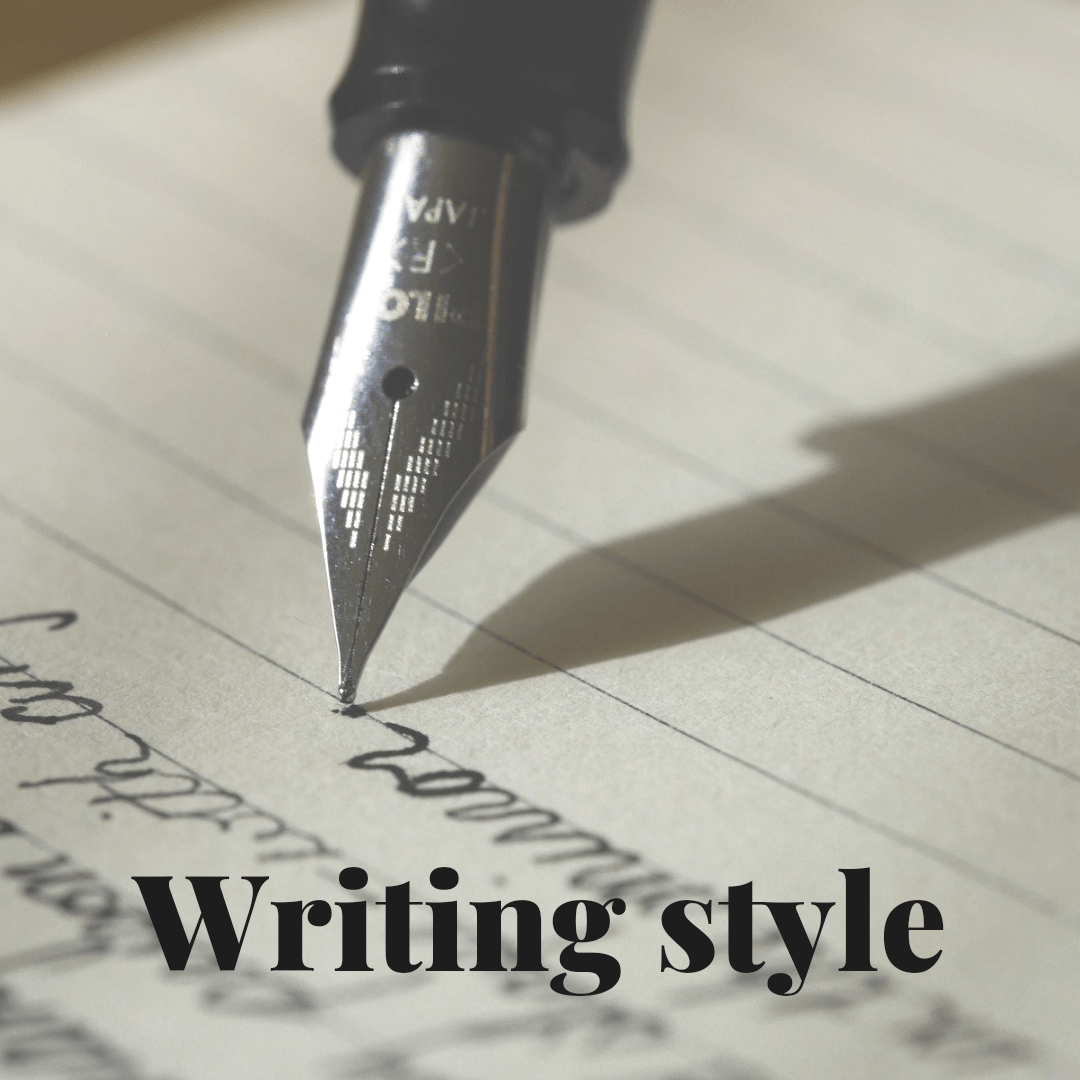
Your Handwriting style
There is a fountain pen out there to suit your handwriting style, whether you have the calligraphic flair of a Victorian gentleman or the calligraphy of a preschool toddler.
It’s crucial to consider how you write when choosing a fountain pen.
If you have small handwriting, you should look for a tiny nib that will allow you to write precisely.
We recommend an iridium-tipped nib for heavy-handed writers since it is more robust and reduces wear and tear.
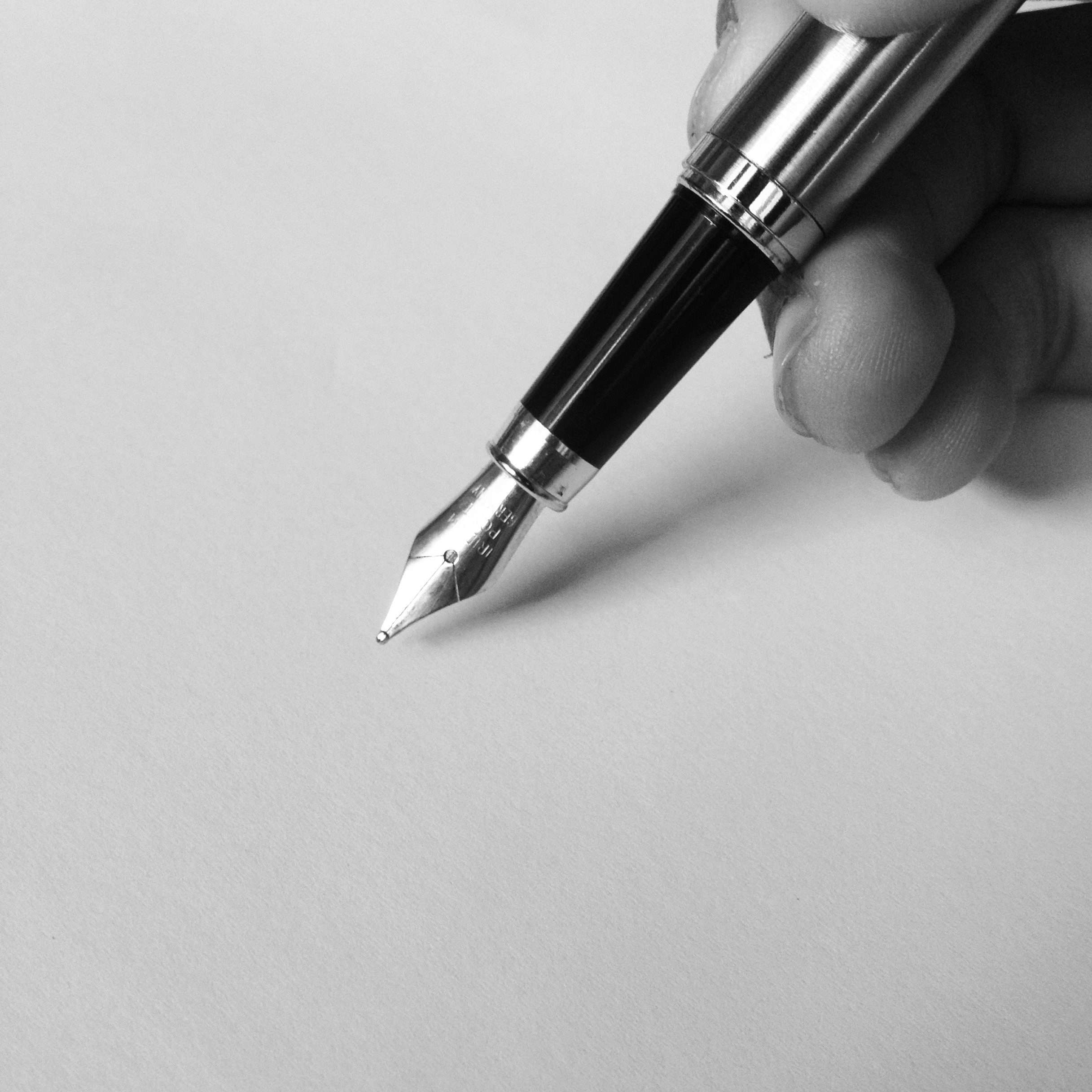
The weight of the pen
Although a hefty pen may appear to be more substantial, even luxurious at first, consider whether the weight may induce weariness during prolonged writing sessions.
The barrel’s weight can have a significant impact on your handwriting.
You’ll generally choose a thicker, heavier pen if you have large hands or lengthy fingers.
A smaller and lighter pen would also be appropriate if you have extremely small hands.
It’s all a matter of personal preference.
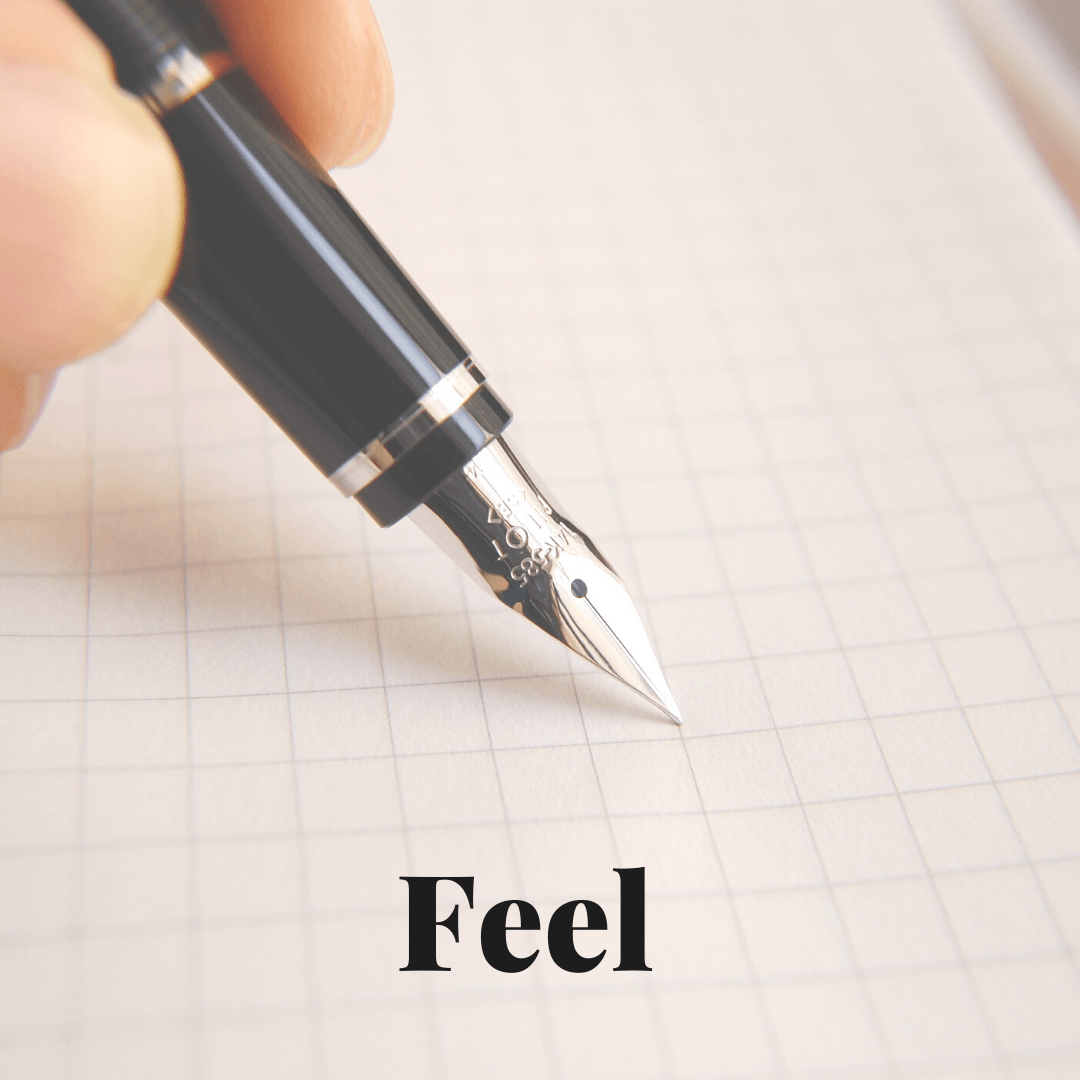
Feel of the Pen
The ease and fluidity with which a fountain pen glides across the paper is the key to it been a suitable for you. If you want the best of the best, the pen should start up right away when you try it out, it should not skip, and writes smoothly on a range of surfaces. We recommend that you try out the pen before purchasing it to get a sense of whether or not the feel of the pen is right for you.

The Appearance
A key factor in choosing a fountain pen is the appearance, the complete experience of using and selecting a fountain pen is influenced by its aesthetic beauty. This, too, is a matter of personal preference.
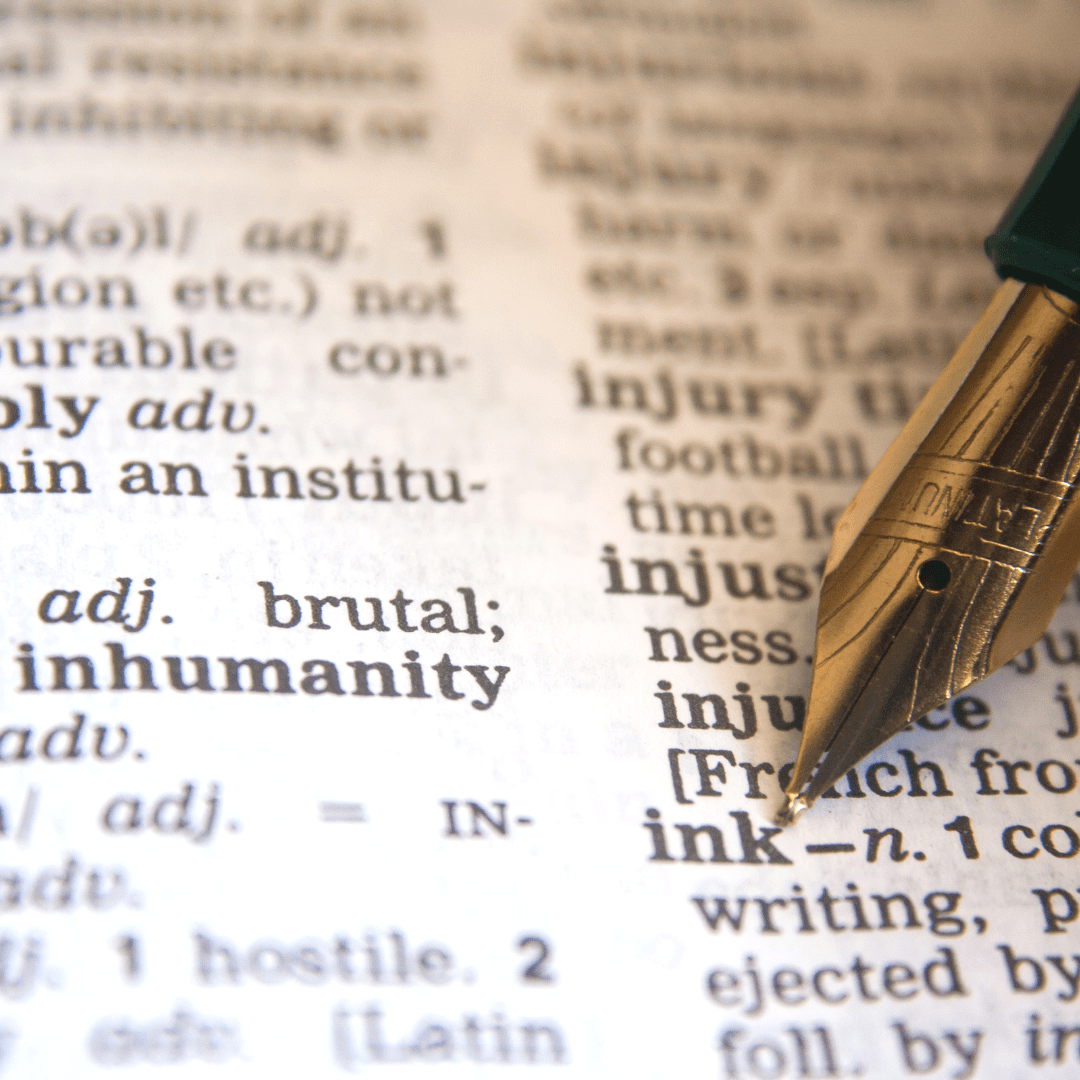
Picking the right nib and ink
This may or may not be significant. If you need to write for long periods of time between refills, a piston or vacuum-filler pen will store much more ink than a cartridge or converter pen. Many people enjoy the idea of changing ink colors frequently, therefore cartridge/converter models are probably the best option for you.
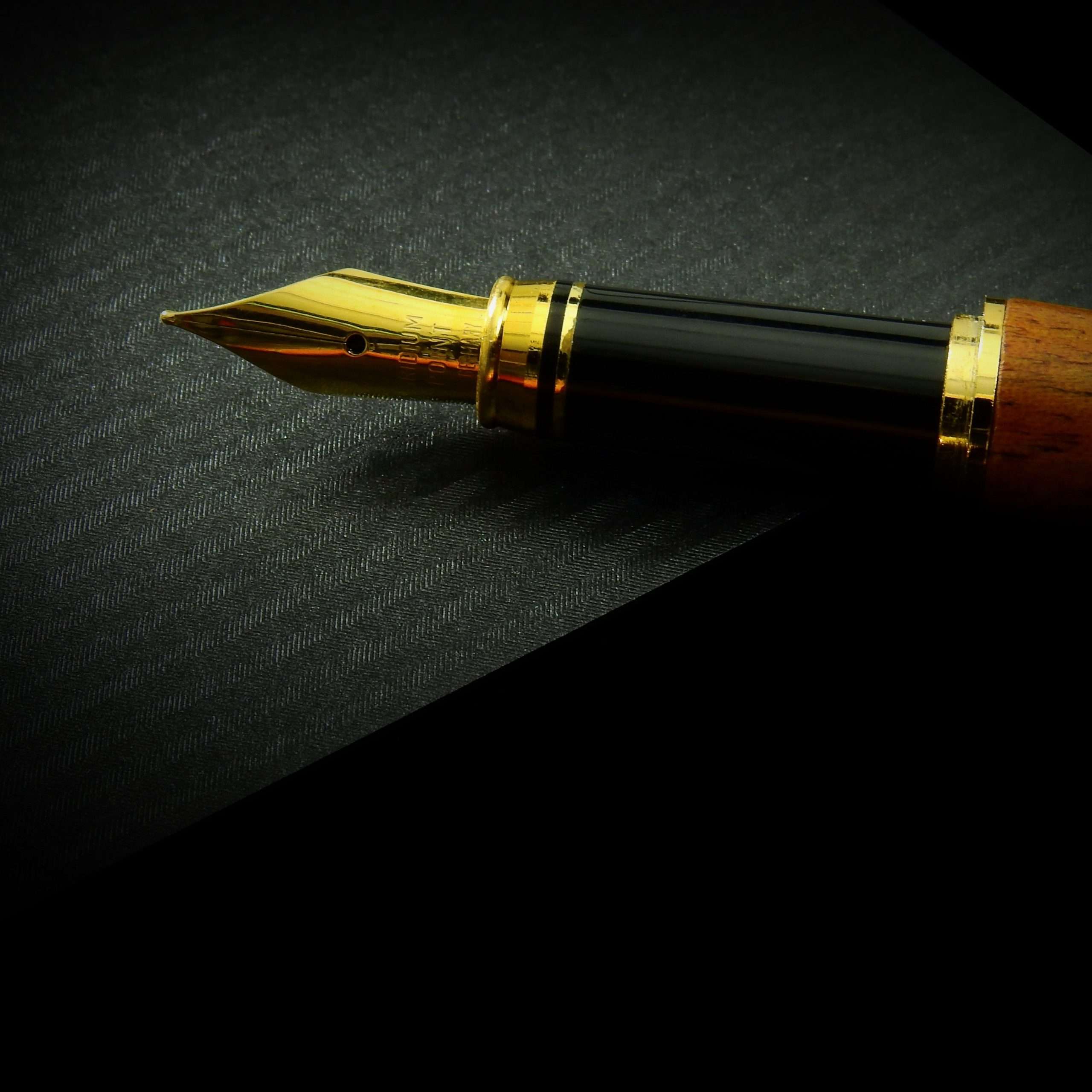
Material for nibs
Many stainless steel nibs write as smoothly and reliably as their gold-plated counterparts. The very best fountain pens, on the other hand, contain gold or palladium nibs, and the quality and finish of these will be extremely high. Most gold nibs are softer than steel nibs to provide a more comfortable and distinctive writing experience, however this is not always the case.
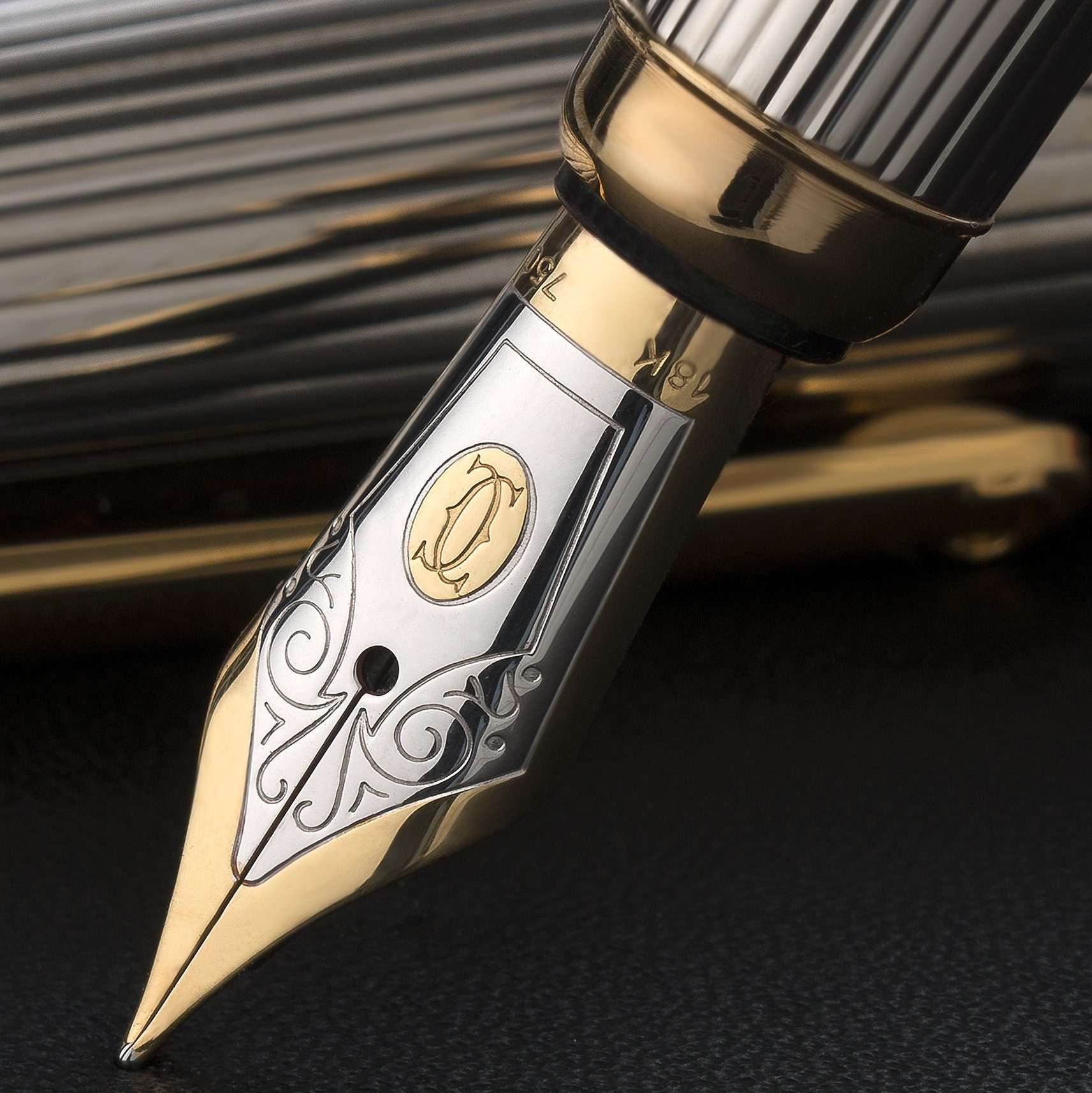
Width of nib
As a general rule, choose a broad or medium nib if your handwriting is large, and a fine or extra-fine nib if your writing is little. If italics are your preferred style, several manufacturers offer them. If you have specific nib needs, make sure they are met in the pen models that you are considering.
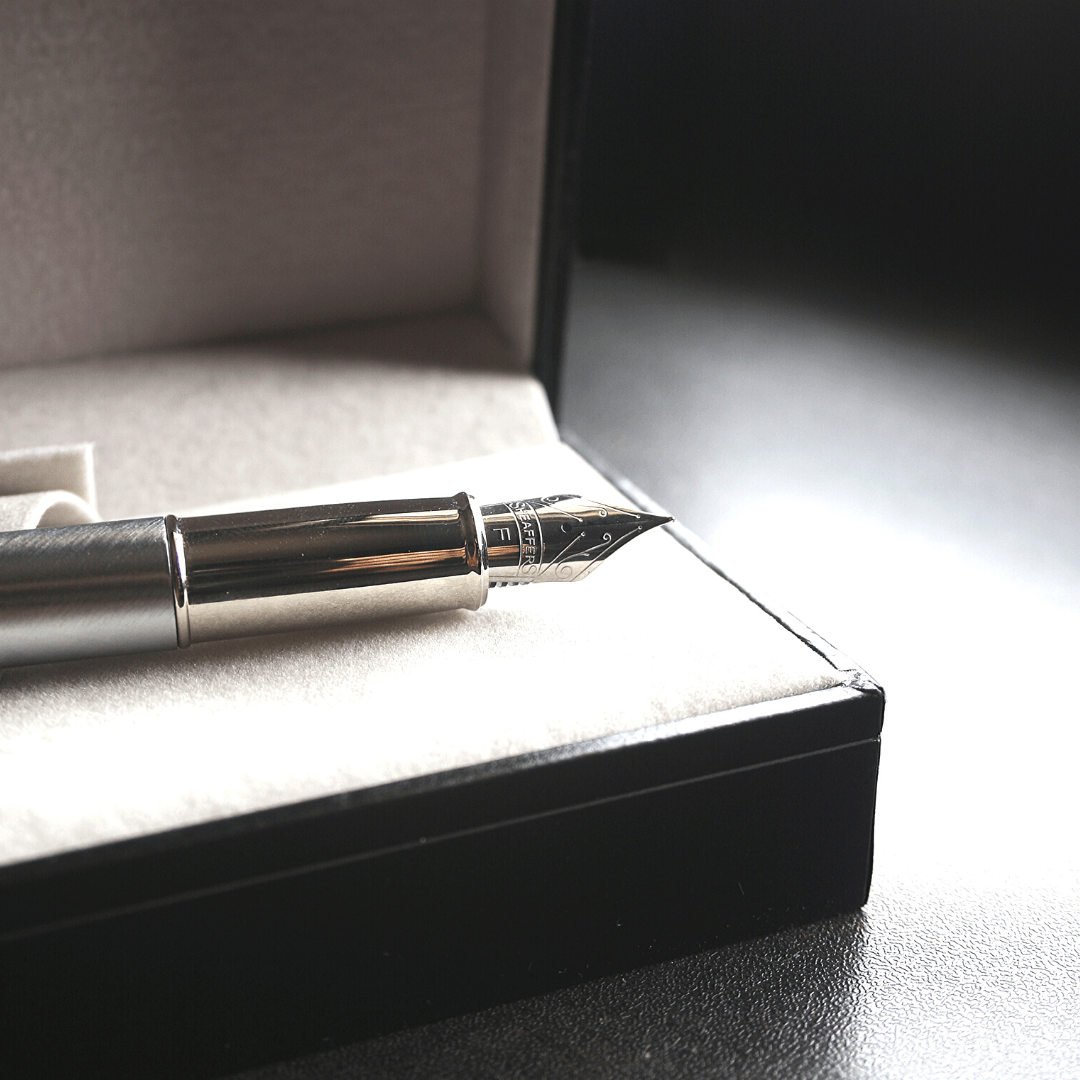
The Price
If you’re serious about trying your hand at calligraphy and want something that’s not a cheap knockoff, we recommend investing between $80 and $200. This pricing assures you of good quality and a long lifespan. Of course, if you’ve gained as much confidence in your handwriting, you could go for a bigger investment.
First and foremost, thank you for reading this far! We hope you are now better informed about how to select the best pen for you (or your gift recipient). Please contact us via e-mail, phone, or social media if you have any special questions.
[/et_pb_text][/et_pb_column][/et_pb_row][/et_pb_section]

